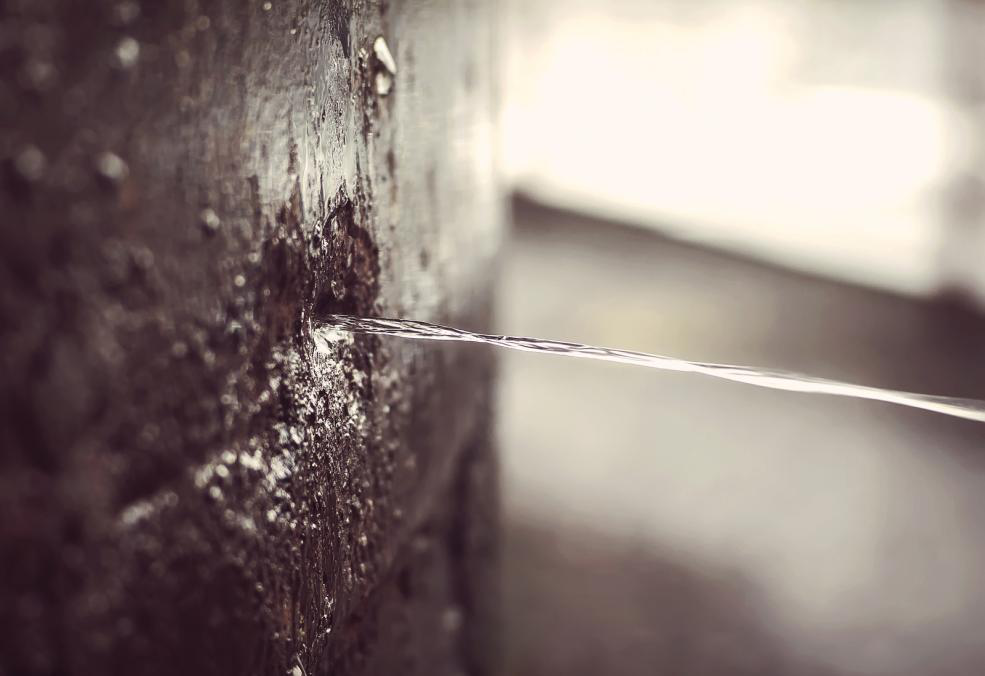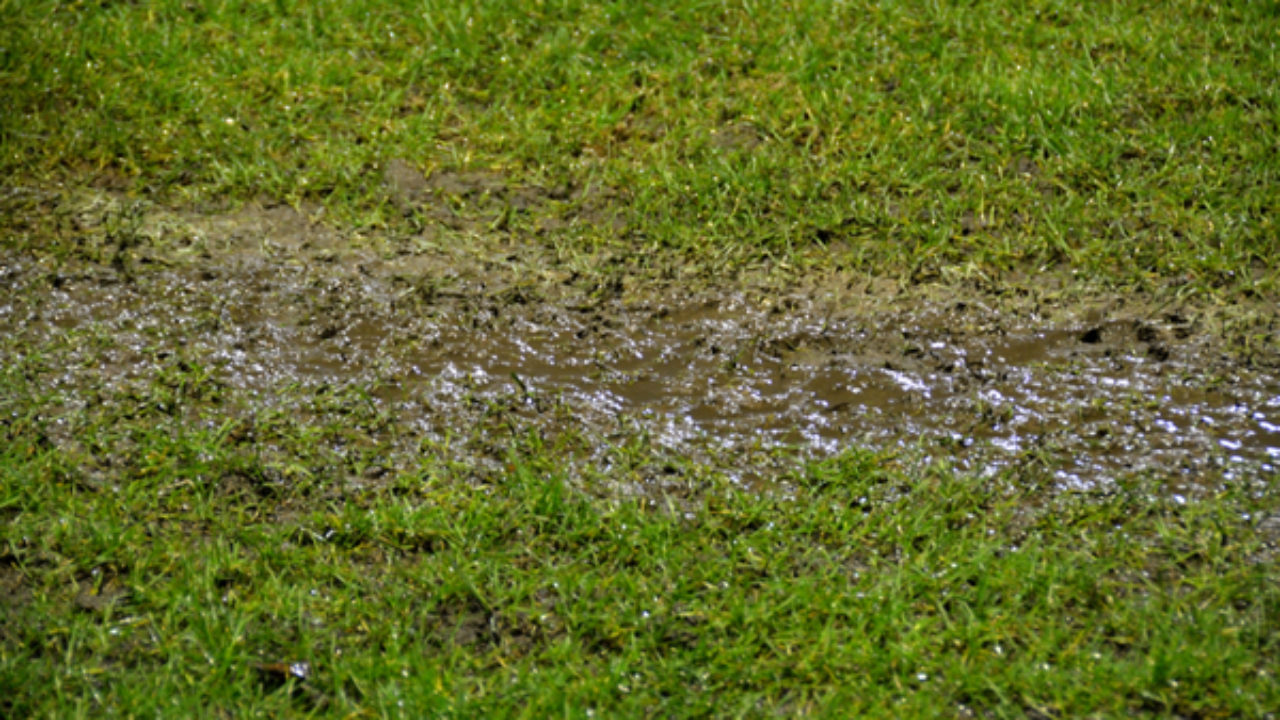They are making a number of good points related to Detecting hidden plumbing leaks in general in the article beneath.

Early detection of leaking water lines can alleviate a potential disaster. Some little water leaks might not be visible.
1. Check Out the Water Meter
Every residence has a water meter. Examining it is a proven manner in which aids you uncover leakages. For starters, switch off all the water sources. Ensure nobody will certainly flush, make use of the tap, shower, run the washing machine or dish washer. From there, most likely to the meter and watch if it will certainly alter. Given that no person is using it, there need to be no motions. If it moves, that shows a fast-moving leakage. If you detect no adjustments, wait an hour or 2 and examine back once again. This suggests you may have a slow-moving leak that can even be below ground.
2. Examine Water Usage
If you find unexpected adjustments, regardless of your consumption being the exact same, it suggests that you have leakages in your plumbing system. A sudden spike in your bill suggests a fast-moving leakage.
At the same time, a steady increase monthly, despite the exact same behaviors, reveals you have a slow-moving leakage that's additionally gradually rising. Call a plumber to extensively examine your residential property, specifically if you really feel a cozy location on your floor with piping beneath.
3. Do a Food Coloring Test
When it pertains to water usage, 30% comes from toilets. Test to see if they are running properly. Drop flecks of food shade in the container as well as wait 10 minutes. If the color somehow infiltrates your bowl throughout that time without flushing, there's a leakage between the storage tank and bowl.
4. Asses Outside Lines
Do not forget to inspect your outdoor water lines as well. Should water permeate out of the connection, you have a loosened rubber gasket. One tiny leakage can throw away heaps of water and surge your water bill.
5. Assess the circumstance and also evaluate
House owners should make it a routine to check under the sink counters and also even inside closets for any bad odor or mold and mildew development. These two red flags show a leak so punctual attention is required. Doing routine inspections, even bi-annually, can save you from a major trouble.
Much more significantly, if you recognize your home is already old, keep a watchful eye on your heating systems, pipes, pipelines and so on. Look for discolorations and deteriorating as many devices and pipelines have a life span. They will certainly also naturally degrade as a result of tear and also put on. Don't wait for it to escalate if you believe leaking water lines in your plumbing system. Call an expert plumber immediately so you do not wind up with a terrible mess in your home.
Early detection of leaking water lines can mitigate a potential disaster. Some tiny water leakages might not be visible. Checking it is a proven means that assists you find leaks. One little leakage can lose heaps of water as well as spike your water bill.
If you suspect dripping water lines in your plumbing system, don't wait for it to escalate.
WARNING SIGNS OF WATER LEAKAGE BEHIND THE WALL
PERSISTENT MUSTY ODORS
As water slowly drips from a leaky pipe inside the wall, flooring and sheetrock stay damp and develop an odor similar to wet cardboard. It generates a musty smell that can help you find hidden leaks.
MOLD IN UNUSUAL AREAS
Mold usually grows in wet areas like kitchens, baths and laundry rooms. If you spot the stuff on walls or baseboards in other rooms of the house, it’s a good indicator of undetected water leaks.
STAINS THAT GROW
When mold thrives around a leaky pipe, it sometimes takes hold on the inside surface of the affected wall. A growing stain on otherwise clean sheetrock is often your sign of a hidden plumbing problem.
PEELING OR BUBBLING WALLPAPER / PAINT
This clue is easy to miss in rooms that don’t get much use. When you see wallpaper separating along seams or paint bubbling or flaking off the wall, blame sheetrock that stays wet because of an undetected leak.
BUCKLED CEILINGS AND STAINED FLOORS
If ceilings or floors in bathrooms, kitchens or laundry areas develop structural problems, don’t rule out constant damp inside the walls. Wet sheetrock can affect adjacent framing, flooring and ceilings.
https://www.servicemasterbyzaba.com/blog/how-to-detect-water-leakage-in-walls/

Do you like reading up on Top leak detection hacks? Make feedback down below. We would be pleased to know your ideas about this post. We hope that you come back again later on. Enjoyed reading our write-up? Please share it. Let somebody else check it out. Thank you so much for your time spent reading it.
Comments on “Guide To Water Leakage Discovery In The House”